Tour of the Uffizi Gallery in Florence
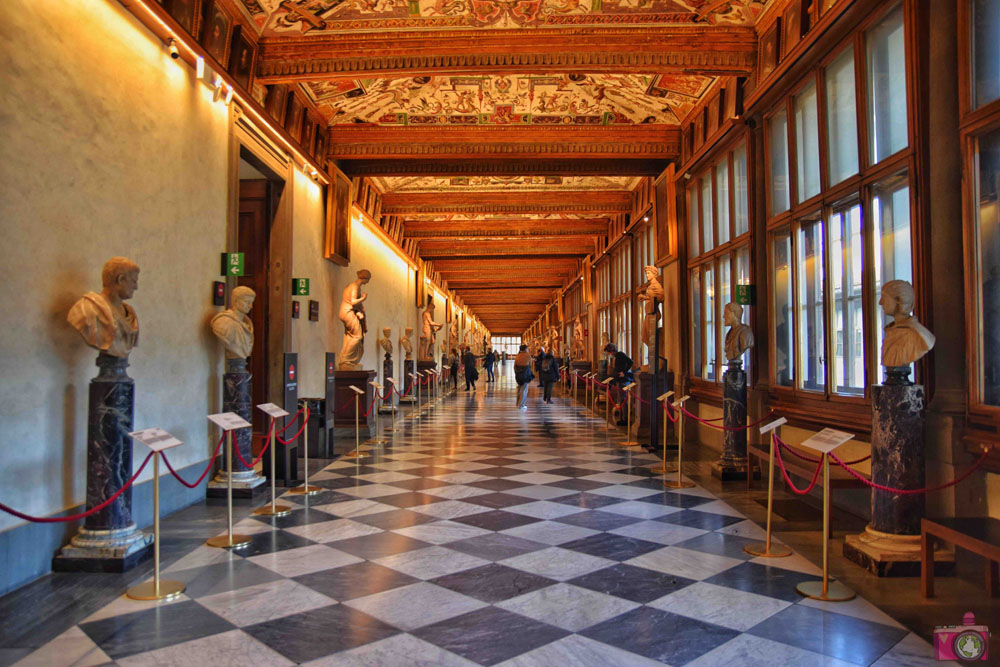
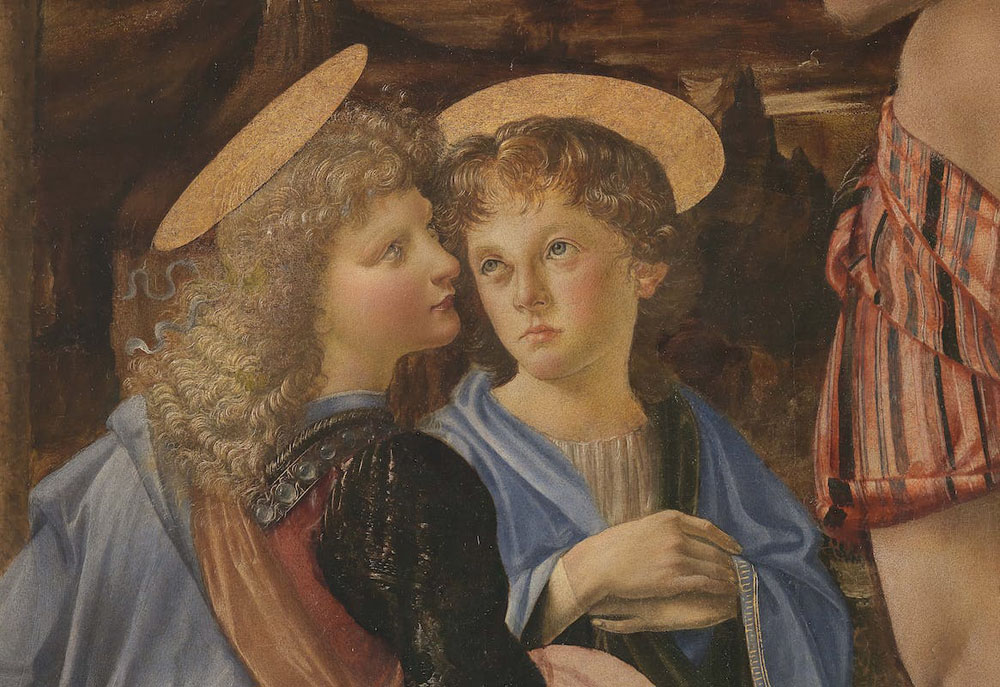
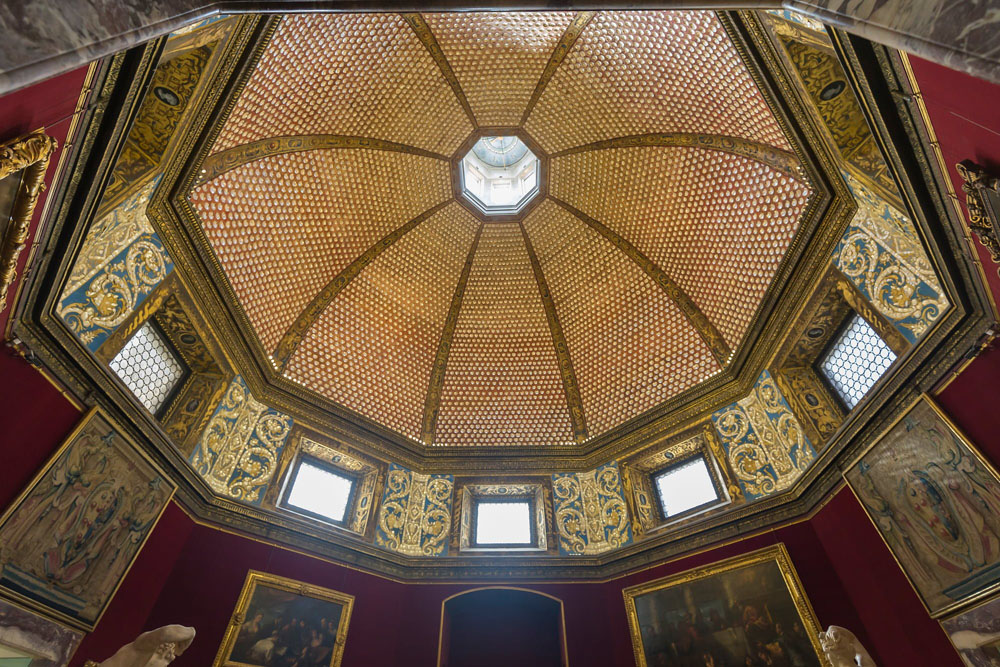
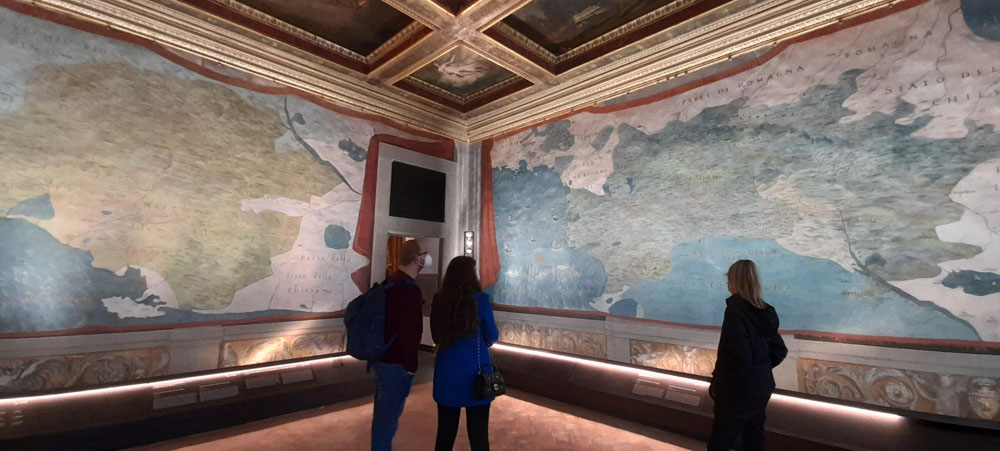
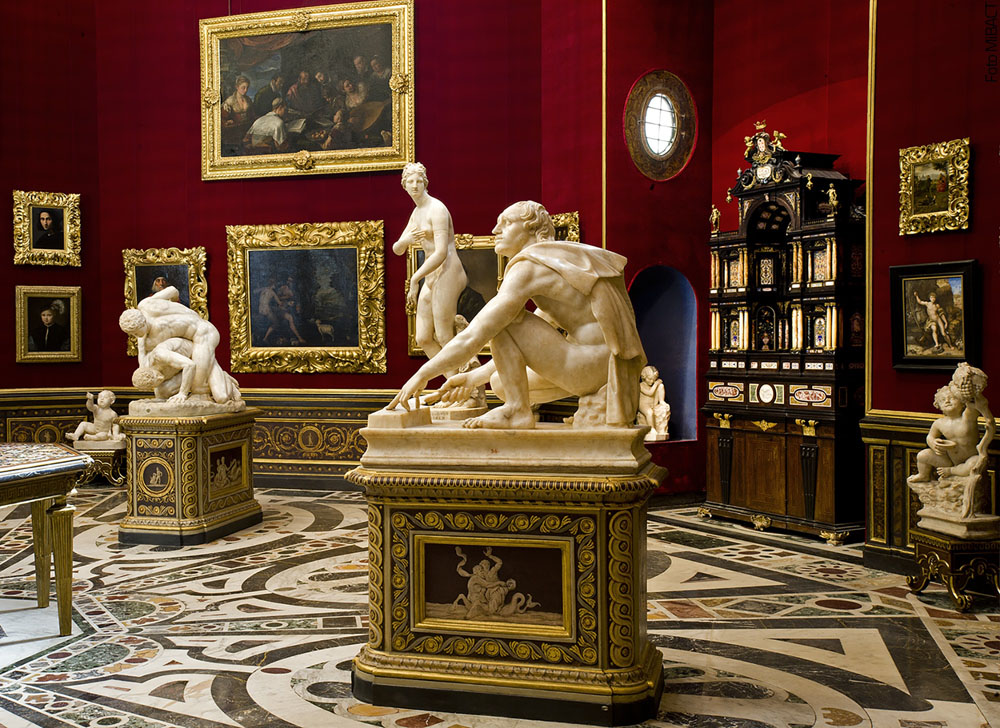

Discover the wealth of one of the most famous art collections in the world, with its timeless masterpieces of medieval and Renaissance painting still housed in the sixteenth-century gallery commissioned by the Medici
If there is one way to immediately enter the spirit of the Uffizi Gallery, as it was inaugurated by Duke Francesco I de’ Medici in 1581, it is to imagine being a guest of the Medici court, perhaps a prince, an ambassador or an important prelate and stroll in the East and West Corridors pausing to observe the lively grotesques on the ceiling, the ancient marbles and the busts of Roman emperors arranged along the walls and the portraits of illustrious men hanging above.
It is clear how much love the Medici had for art, through which they thought they could transcend their humble mercantile origins and raise their name to eternal glory for future centuries as protectors of beauty and human talent.
An extraordinary journey into immortal beauty
The guided tour through the rooms of the Uffizi Gallery with its over 2,000 paintings on display – in addition to the 1,000 in storage – is an unforgettable aesthetic and cultural experience for anyone.
Walking through the rooms that follow one another, it is possible to admire, according to a chronological order and a subdivision by school, a sequence of incomparable paintings ranging from Cimabue, to Giotto, Duccio, Simone Martini, Ambrogio Lorenzetti, Gentile da Fabriano, Beato Angelico, Masaccio, Paolo Uccello, Piero della Francesca, Filippo Lippi, Botticelli, Domenico Ghirlandaio up to Leonardo da Vinci, Michelangelo, Raphael, Pontormo, Bronzino, Titian, Veronese, Tintoretto, Caravaggio, Artemisia Gentileschi, Rembrandt and Rubens.
... and in the wonderful hidden stories of the masterpieces
Your expert guide from the Uffizi Gallery will lead you to discover the must-see works of art in one of the most important museums in the world, telling you the stories of the collections, of the Medici and above all the secret stories of the masterpieces: how the students of a time past the masters, how the artists’ workshops were organized, the pictorial schools, the rivalries between painters, the rarest and most precious pigments, the refined techniques, the characters of the artists and their relationship with the clients.
Among the paintings you will see, you cannot miss... the Majesty by Giotto
The grandeur of a large altar table that expresses an extraordinary sacredness and at the same time a feeling of intensely human devotion to the Virgin who with her powerful physicality imposes herself in the space thanks to the mastery and innovation that marks the Giotto’s art
The Diptych of the Dukes of Urbino by Piero della Francesca
Solemn immobility of men and things that appear to be suspended in a firm and very clear light. The profiles of Duke Federico da Montefeltro and Duchess Battista Sforza stand tall over the distant landscape, as far as the eye can see. The two human beings no longer appear mortal but united forever they seem to reach eternity together.
The Spring by Sandro Botticelli
Botticelli’s Primavera is one of the most mysterious paintings in the history of art and, thanks to its notoriety, it has also been one of the most interpreted. There are many readings of the image but they all start from the same idea: to talk about Love, rebirth and fertility of Nature and human beings through the characters of mythology, splendid divine and immortal creatures. A perfect theme for a picture that was probably a wedding gift.
The Birth of Venus by Sandro Botticelli
An enchanting picture painted by Botticelli for the Medici: Venus, goddess of love and born from the marine waters emerging on a shell, pushed ashore by the Zephyrs. It is a picture of pure poetry, an exaltation of grace and beauty full of meanings and allegorical references to antiquity.
The Annunciation by Leonardo da Vinci
The meeting between the Archangel Gabriel and the Virgin Mary is depicted by the young Leonardo as an outdoor scene, an absolute novelty compared to the tradition of the time. A profound and meaningful interpretation of the episode narrated in the Gospels: the large part destined to nature in the scene seems to underline that the miracle of the birth of Jesus, son of God and savior of men, concerns all of Creation.
The Doni Tondo by Michelangelo Buonarroti
One of Michelangelo’s first paintings and the only one on wood that has come down to us and can be seen in Florence. It was made around 1507 for Agnolo Doni on the occasion of the birth of his first daughter and her baptism. In fact, there are many allusions to the family (another title of the work is “Holy Family”) and to baptismal theology. Despite the beauty of the painting, it is said that the client hesitated to pay Michelangelo who made him pay bitterly.
The Madonna of the Goldfinch by Raffaello Sanzio
One of the most perfect Madonnas painted by the young Raphael during his stay in Florence in 1506 where he was deeply inspired by the works of Leonardo and Michelangelo. The apparent simplicity of the composition with Mary sitting on a rock looking tenderly at the children in front of her actually hides a profound symbolic meaning: John the Baptist hands Jesus a small bird, the goldfinch, symbol of the Passion.
Venus by Tiziano Vecellio
The painter Titian, active in Venice, interprets the theme with absolute modernity, giving us a realistic and non-mythological interpretation. The scene is set in a sumptuous Venetian palace and Venus appears as a splendid young naked woman waiting to be dressed by the maids. Overflowing with sensuality and physical beauty, it seems to praise the erotic dimension of love, given that it was the gift of the Duke of Urbino Guidobaldo della Rovere for his very young wife, just fourteen years old.
Tour Details
- TOUR TYPE: PRIVATE
- AVAILABLE DAYS: Tuesday, Wednesday, Thursday, Friday, Saturday, Sunday
- DURATION: 4 HOURS
- TOUR PRICE: €180
- HEADSETS ARE NECESSARY FOR A BETTER VISIT €3 per person
- RESERVATION SERVICE AND PURCHASE OF UFFIZI GALLERY TICKETS: €35 per person
- DIFFICULTY: Suitable for children aged 12 and over. For the little ones see our specific tour The Uffizi for children and teenagers between curiosities and legends.
- MEETING POINT: Piazza della Signoria at the copy of Michelangelo's David in front of Palazzo della Signoria
- NOTES: At the customer's choice we can arrange for the purchase of tickets for the Uffizi Gallery
What you will see
- The most beautiful and most famous paintings in the Uffizi Gallery



